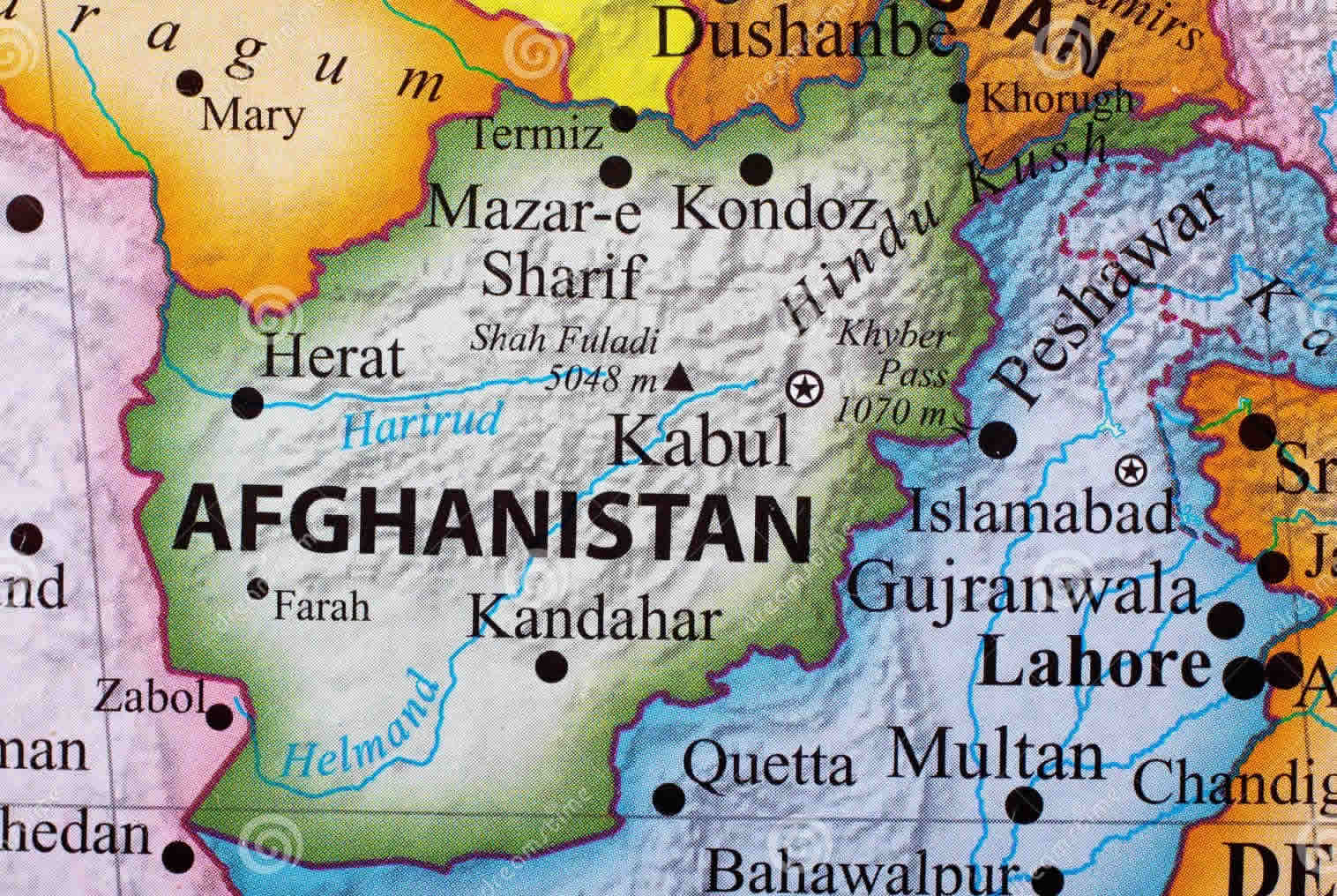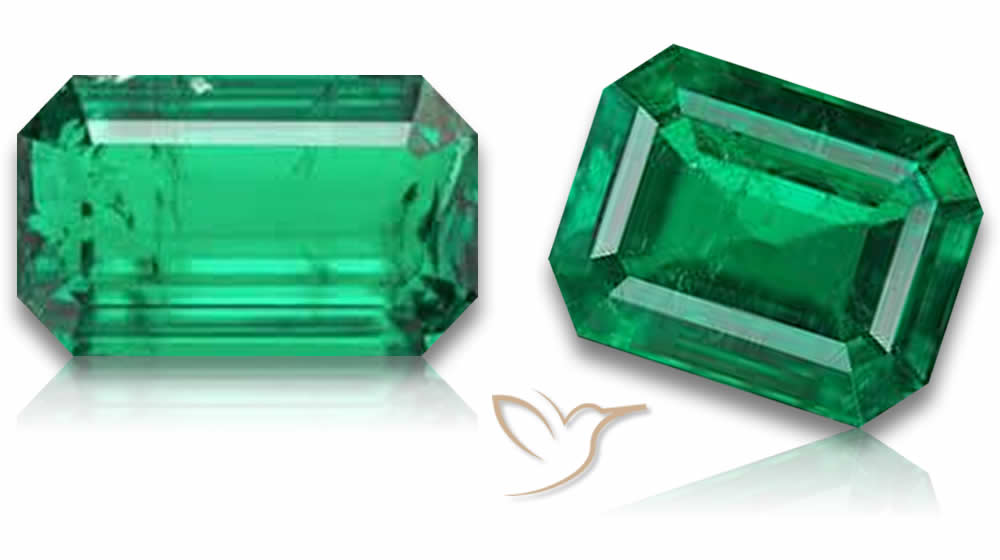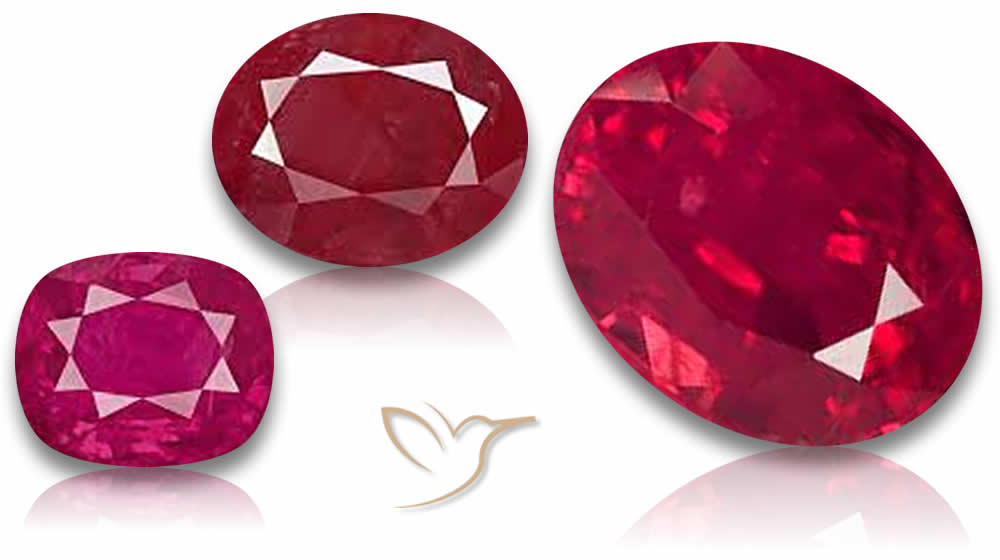Afghanistan's Gemstone Heritage: A Tapestry of Color and History

Introduction: Unveiling Afghanistan's Geological Splendor
Afghanistan, often overshadowed by its geopolitical narratives, harbors a hidden gem in its literal sense - a rich tapestry of gemstones, each with a story that intertwines with the threads of history. This land, where ancient civilizations once thrived, offers more than a glimpse into a rich past; it presents a landscape filled with natural beauty and geological wonders.
Afghanistan's Geographical Canvas
Strategically positioned as a bridge between Asia and Europe, Afghanistan's geographical diversity is as profound as its history. Surrounded by Pakistan, Iran, Turkmenistan, Uzbekistan, Tajikistan, and China, its terrain varies from the snow-capped Hindu Kush mountains to lush forests and arid deserts. This geographical mosaic sets the stage for a diverse range of gemstone formations. The main sources of gemstone material in Afghanistan are located in the Hindu Kush Mountains to the north of Kabul. The areas in which gems are mined include the Panjshir Valley, Badakhshan, Jegdalek in Kabul Province and Nuristan.
The Silk Road: A Historical Perspective
Afghanistan's pivotal role in the ancient Silk Road has been instrumental in shaping its cultural and economic heritage. This historical trade route, a melting pot of civilizations, has left an indelible mark on the country, with Afghanistan serving as a crucial link that connected distant lands through commerce and culture.
Kabul's Historical Importance
Kabul, now the capital city, once a part of the illustrious Persian Empire, has witnessed the ebb and flow of many empires, including Alexander the Great's conquests. Its position along the Silk Road significantly contributed to its historical and cultural richness, creating a legacy that extends to its gemstone history.
The Crown of Afghanistan: Lapis Lazuli
Afghanistan's lapis lazuli, a stone as old as time itself, has been a beacon of beauty and prestige for over six millennia. This deep blue stone, with its enchanting shades and golden pyrite inclusions, has adorned the crowns and artifacts of ancient civilizations, from the Sumerians to the Egyptians. It remains a symbol of Afghanistan's rich gemstone heritage.
Badakhshan: The Lapis Lazuli Realm
The Badakhshan province, famed for its lapis lazuli mines, is a testament to Afghanistan's geological wealth. The stones from this region, revered for their unparalleled quality, have been a global standard in beauty and craftsmanship. The Sary-Sang mine, in particular, has been a consistent source of this precious stone, contributing significantly to the global gemstone market.

Emeralds: The Green Pride of Panjshir
Panjshir Valley, renowned for its scenic vineyards and orchards, hides beneath its beauty a treasure trove of emeralds. Gem mining in this area is not as well-documented or as high-volume as the activity in Badakhshan, yet fine emeralds may have been mined from the Panjshir Valley mountains for thousands of years. These gems, known for their exceptional quality, are often compared to the finest from Colombia and Zambia. However, the mining techniques in this region, though improved over time, still pose challenges to the preservation and extraction of these valuable stones.
The Rarity of Large Emeralds
The scarcity of large, intact emeralds from Afghanistan adds to their allure and value. These gems, hidden in the remote mountainous terrains, are a testament to the untapped potential of Afghanistan's gemstone resources.
Jegdalek's Ruby and Sapphire Tales
Jegdalek, a region characterized by its rugged mountains, is renowned for its rubies and sapphires. These gems, known for their vivid hues and clarity, are a significant part of Afghanistan's colored gemstone portfolio. The mining conditions in Jegdalek, more favorable than in the northern regions, allow for a consistent supply of these precious stones to the global market.
The Diversity of Corundum
The rubies from Jegdalek, along with the blue sapphires and pink sapphires, showcase the diversity of corundum found in Afghanistan. These stones, each with their unique charm, contribute to the rich color palette of the country's gemstone offerings.

Nuristan: The Land of Hidden Gems
Nuristan, once known as Kafiristan, embodies Afghanistan's cultural and geological diversity. This region, rich in gemstone deposits, offers a variety of minerals, including tourmaline, kunzite, aquamarine, and morganite. The remoteness of Nuristan has preserved its natural beauty and the quality of its gemstones, making them highly sought after by collectors worldwide.
The Gemstone Spectrum of Nuristan
The gemstones from Nuristan are renowned for their size and color variation. For instance, tourmaline from this region can range from colorless to multicolored, including the highly prized deep pinkish-red rubellite. Spodumene gems, including kunzite and hiddenite, are among the best specimens globally, adding to the allure of Afghanistan's gemstone wealth.
The Future: Polishing Afghanistan's Gemstone Legacy
As Afghanistan embarks on a new chapter, the gemstone industry stands as a beacon of hope and potential. Efforts to develop and organize this sector promise not only economic benefits but also an improvement in the quality of life for the Afghan people. With a focus on sustainable mining practices and the empowerment of local communities, the gemstone industry could be a cornerstone of Afghanistan's economic revival.
Conclusion: A Gemstone Mosaic of Hope
Afghanistan, with its rich gemstone legacy, is a land where history and potential converge. From the ancient allure of lapis lazuli to the modern-day vibrancy of its diverse gemstones, Afghanistan's story is one of resilience, beauty, and untapped opportunity. As the world discovers more of this ancient land, its gemstones continue to narrate a tale of enduring splendor and hopeful prospects.
Key Features of Afghanistan's Gemstone Industry
- Geographical and Historical Richness: Strategic location on the Silk Road with a varied landscape.
- Lapis Lazuli Legacy: Historical and cultural significance of lapis lazuli, particularly from Badakhshan.
- Diverse Gemstone Portfolio: Includes emeralds, rubies, sapphires, tourmaline, kunzite, and morganite.
- Mining Practices and Challenges: The evolution of mining techniques and the challenges in remote and rugged terrains.
- Economic and Cultural Potential: Opportunities for sustainable development and cultural preservation in the gemstone industry.

